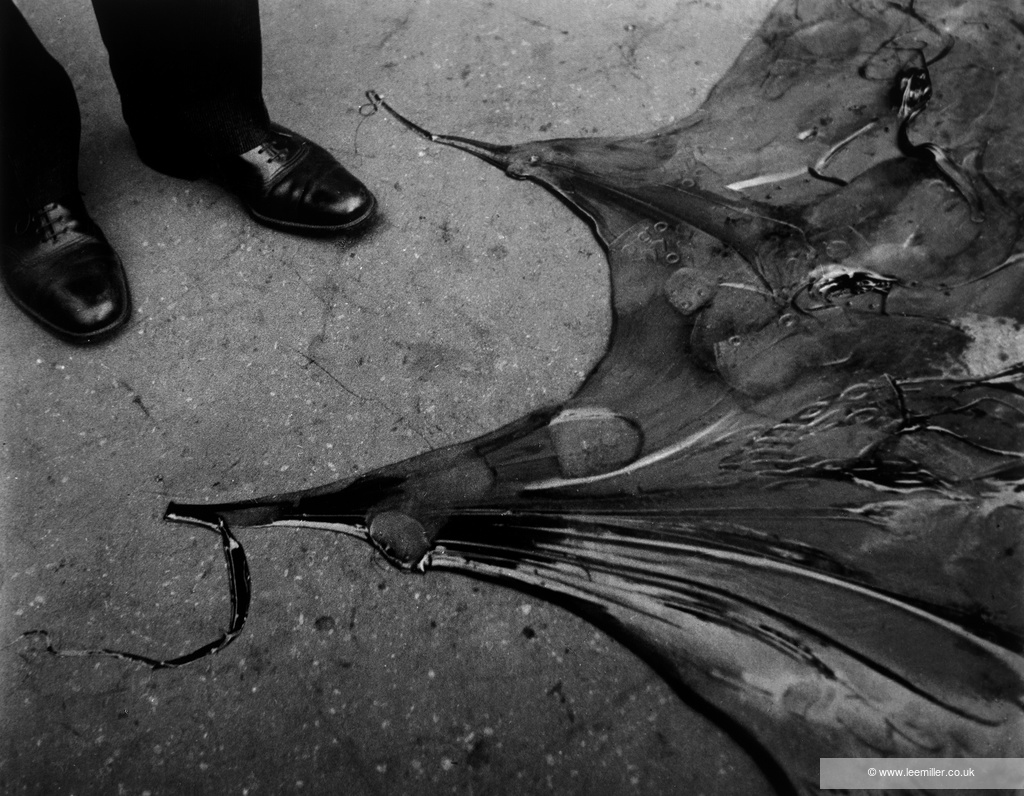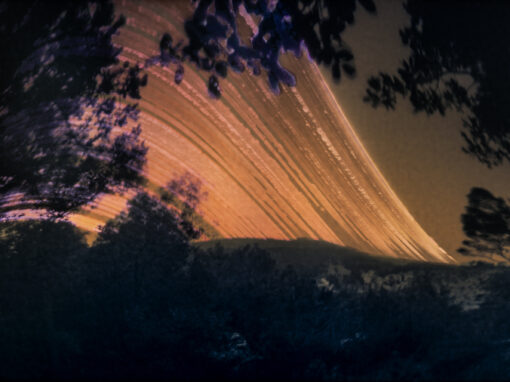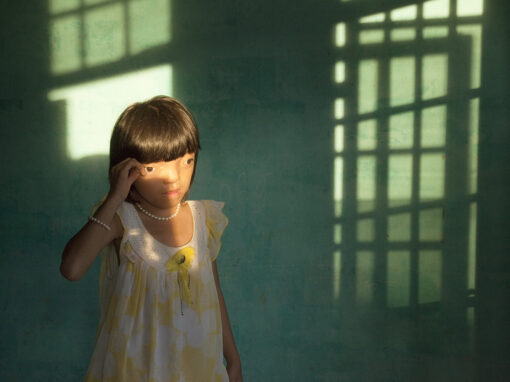It is an afternoon at the Vogue studios. The year is 1931. A tall model with short blonde hair poses in front of large studio cameras belonging to none other than the renowned fashion photographer George Hoyningen-Huene. She is Lee Miller. Miller had already established herself as one of the most striking faces of the era. She started modelling professionally in 1926, while studying painting at the Art Student League in New York. The following year, she would already appear on the covers of British and American Vogue. While her short blonde hair and sharp features embodied the modernist beauty ideals of the early 1930s, for Miller, modelling was not enough; she staunchly declared, “I would rather take a photo than be one”. Miller’s determination to shape her own path lies at the forefront of the new Lee Miller exhibition at Tate Britain. It is the most comprehensive exhibition of Miller’s work in the UK to date, and chronologically traces her varied life through approximately 250 prints, films, and publications, spread across ten thematically curated rooms.
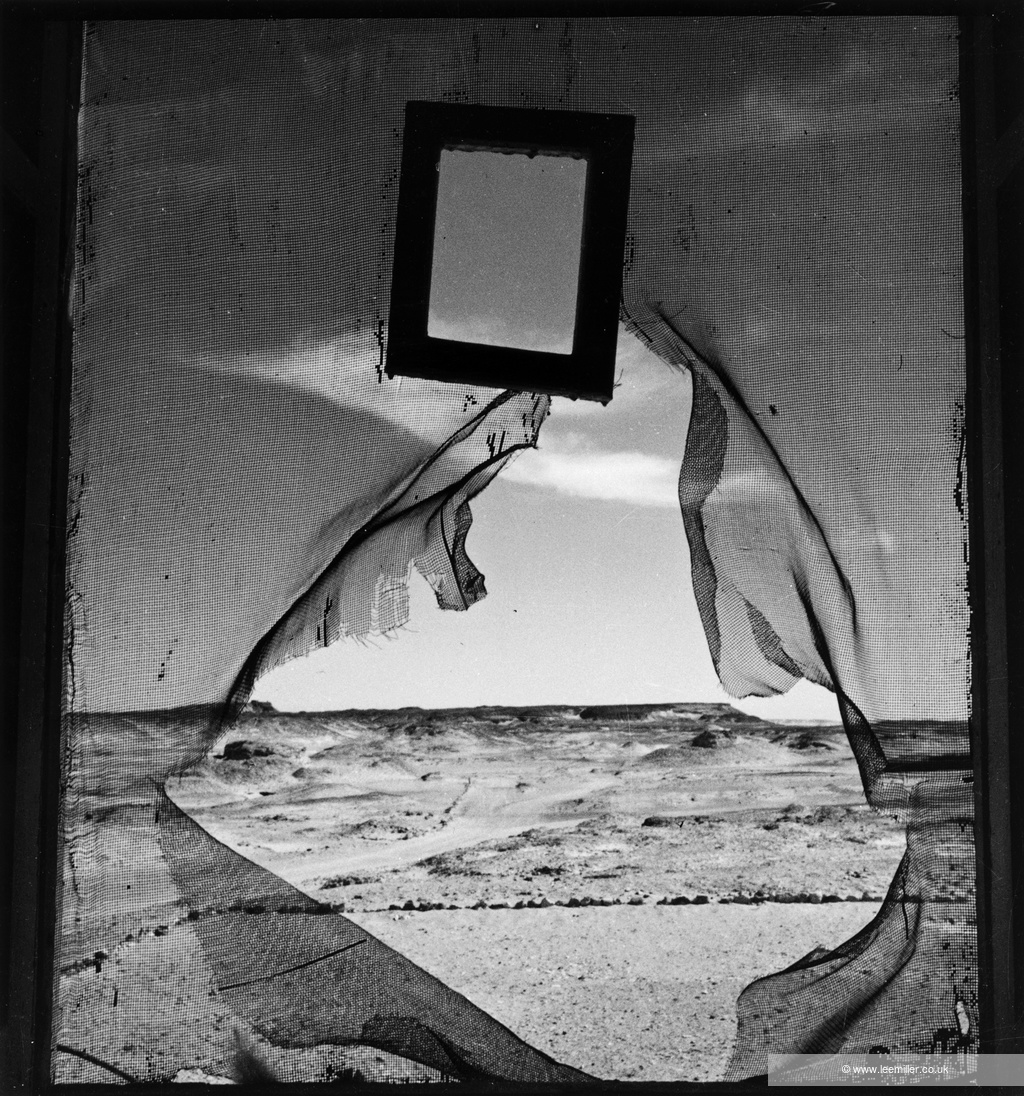
© Lee Miller Archives, England 2025. All rights reserved. leemiller.co.uk.
Set against the backdrop of the Roaring Twenties, a decade in which women enjoyed greater freedom, one first encounters an image of Miller taken in 1927 by the pictorialist photographer Arnold Genthe, titled Lee Miller. Born in 1907 in Poughkeepsie, New York, the young Lee Miller, 19 years old in this image, averts her eyes, rather than staring directly into the camera. The gentle focus of the photograph exudes a quiet emotionalism. Just two years later, after this photograph was taken, Miller was determined to establish herself as an artist. In the summer of 1929, she decided to move to Paris. The city exposed her to the richness of Parisian avant-garde circles. In Paris, Miller presented herself unannounced to fellow American expatriate Man Ray. She studied with him and gradually established her own artistic practice. The displays in the second room trace how Miller quickly evolved from muse to creative partner, as both artists shared props, studios, models, and even cameras.
Man Ray and Miller also shared an interest in symbolism, bodily movements, and eroticism, and this interest is aptly illustrated by a photograph titled Neck (1929), taken by both artists, which showcases Miller’s throat. Miller’s vein is protruding as she tilts her head sinuously. The photograph transforms a simple anatomical feature into a charged symbol and emphasises the power inherent in subtle movements. Another picture from the same year, Hommage à D.A.F. de Sade (1929), portrays both Man Ray and Miller. The title, which means “homage to the Marquis de Sade,” references the infamous Enlightenment writer, De Sade, who was imprisoned for his sexual deviances. De Sade serves as a fitting inspiration for this photograph: Man Ray and Miller’s heads are encased in an oval glass. Ray gazes into the camera with a detached stillness. Miller’s eyes, on the other hand, are closed, her lips slightly agape, and her overall body language conveys a sense of erotic ecstasy, which fittingly reflects the title of the room, “Dreaming of Eros”.
Together, the artists also developed the solarisation technique, known as the Sabatier effect, where a picture is exposed to light during processing. While historically Man Ray received sole credit for the method, it was Miller who rediscovered it when she accidentally developed a photograph of a female nude. Primat de la matière sur la pensée (1929) is a solarised photograph that is thought to have resulted from Miller’s early experiments with photographic development. It shows a nude woman reclining languidly on the floor. A hazy halo, resulting from the solarisation process, envelops her and partially veils the left side of her face, while leaving it ambiguous whether she is asleep or suspended somewhere between life and dream. Here, Miller transforms implicit eroticism into something tangible. The solarisation process heightens the sensuality of the photograph by casting a spectral glow around the model.
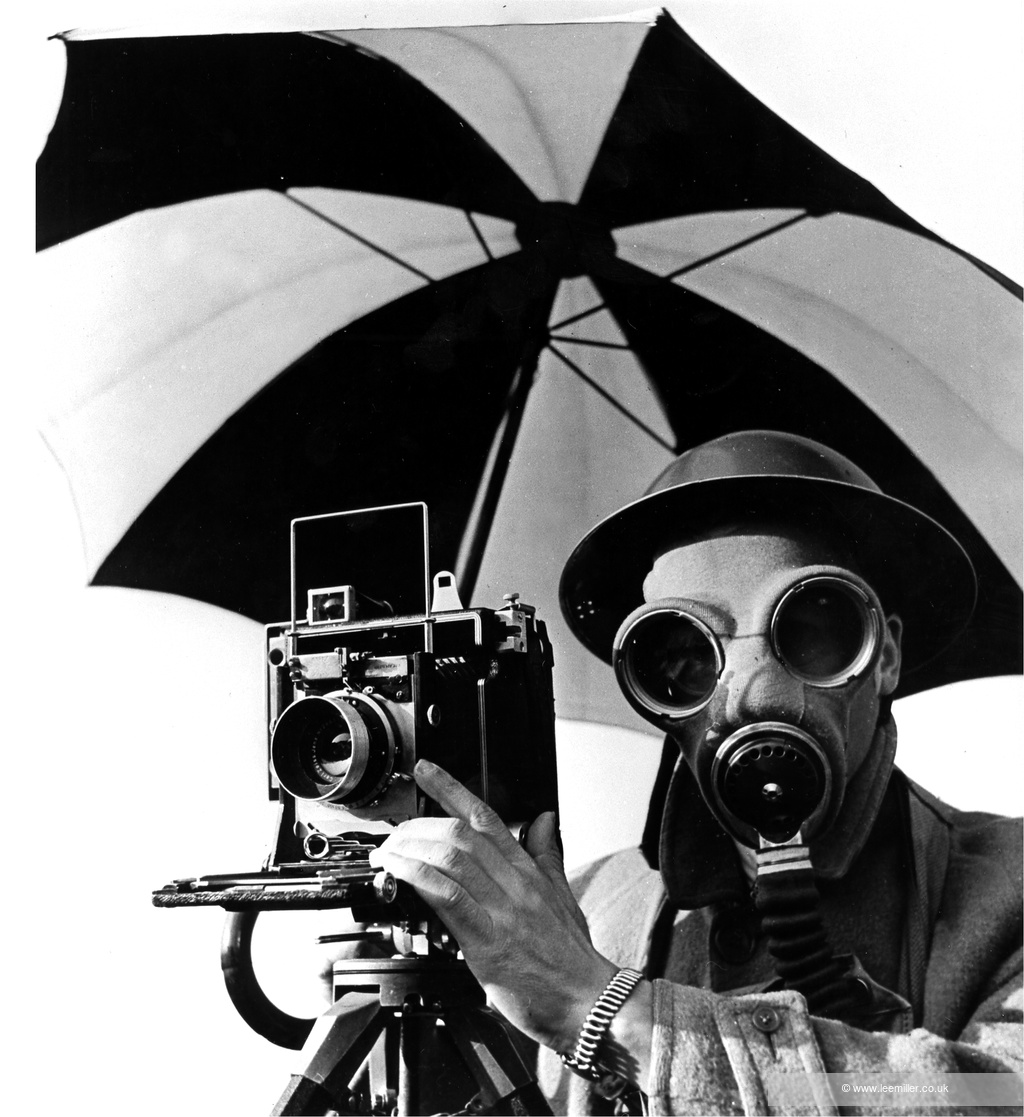
© Lee Miller Archives, England 2025. All rights reserved. leemiller.co.uk.
Following her years in Paris, Miller moved to New York in 1932 to establish her own studio, Lee Miller Studios, Inc.. This marked a shift from collaborative surrealist experimentation to pursuing an independent career, where she could apply her technical and artistic sensibilities to commercial photography. In New York, Miller worked closely with the art dealer Julien Levy. Levy offered her a solo exhibition at the Levy Gallery, which ultimately paid off. She photographed the likes of Charlie Chaplin and avant-garde artist Joseph Cornell. In a 1933 portrait of Cornell, titled Joseph Cornell, Miller arranged him within a surrealist-inspired composition. Miller’s surrealistic, yet commercial compositions were also well received by the press; in a May 1934 publication of Vanity Fair, the publication included her amongst six other photographers, all of whom were described as seven of the most distinguished living photographers.
In the autumn of 1934, Miller left America to move to Cairo with her then-husband, Aziz Eloui Bey. Life in New York had left her creatively exhausted, which prompted her to step away from photography. Yet, as the exhibition makes clear, her artistic impulse was far from extinguished. She travelled widely across Egypt, Syria, Palestine, Lebanon, Greece, and beyond, where she produced a remarkable body of work. In Egypt, Miller also became involved with the Egyptian surrealist group Art et Liberté. The group promoted cultural and political reforms through their defiance of nationalism and fascism, the forces that would soon engulf Europe. As tensions grew abroad, Miller’s attention also began to shift.
Before the outbreak of the war, Miller returned to London in the autumn of 1939 to join the surrealist artist Roland Penrose, who would later become her husband. As a US citizen, she was unable to contribute to the war effort in Britain, so she offered her photography skills to British Vogue, which would lead her to become Vogue’s leading photographer. Her distinctive photographic style is especially apparent in the fashion photographs she created for Vogue. One such photograph in the exhibition is a Bathing Feature taken in 1941, which showcases a brunette model clad in diving goggles and a striped bathing costume. To her right, she is holding a vertically positioned inflatable fish. The playful interaction between the model and the inflatable object highlights Miller’s ability to infuse surrealist ideas into commercial photography by implicitly reinforcing the overall mood and narrative of the image.
The very year Miller took the aforementioned magazine feature, German bombs fell on London, starting as early as September 1940 and lasting until May 1941. The city was filled with bombed-out architecture and rubble. This created a springboard for Miller to explore the complexity of the bomb sites. A photograph, taken by her long-time collaborator David E. Scherman and printed on the wall in the sixth room of the exhibition titled Lee Miller outside Vogue studio (1943), captures her sitting cross-legged in front of the then-defunct Vogue Studio office. The streets are barren and devoid of any life. It was amidst this setting that Miller began to move her focus from fashion to the realities of the war. She captured both the fragility and endurance of London by taking photos of buildings collapsing and sculptures lying among debris. Many of these photographs were also published as part of a book, displayed in the gallery vitrine, titled Grim Glory: Pictures of Britain Under Fire (1941). Although the book was originally written for a US audience, it offered a comprehensive view of the Blitz, which made it popular in Britain as well.
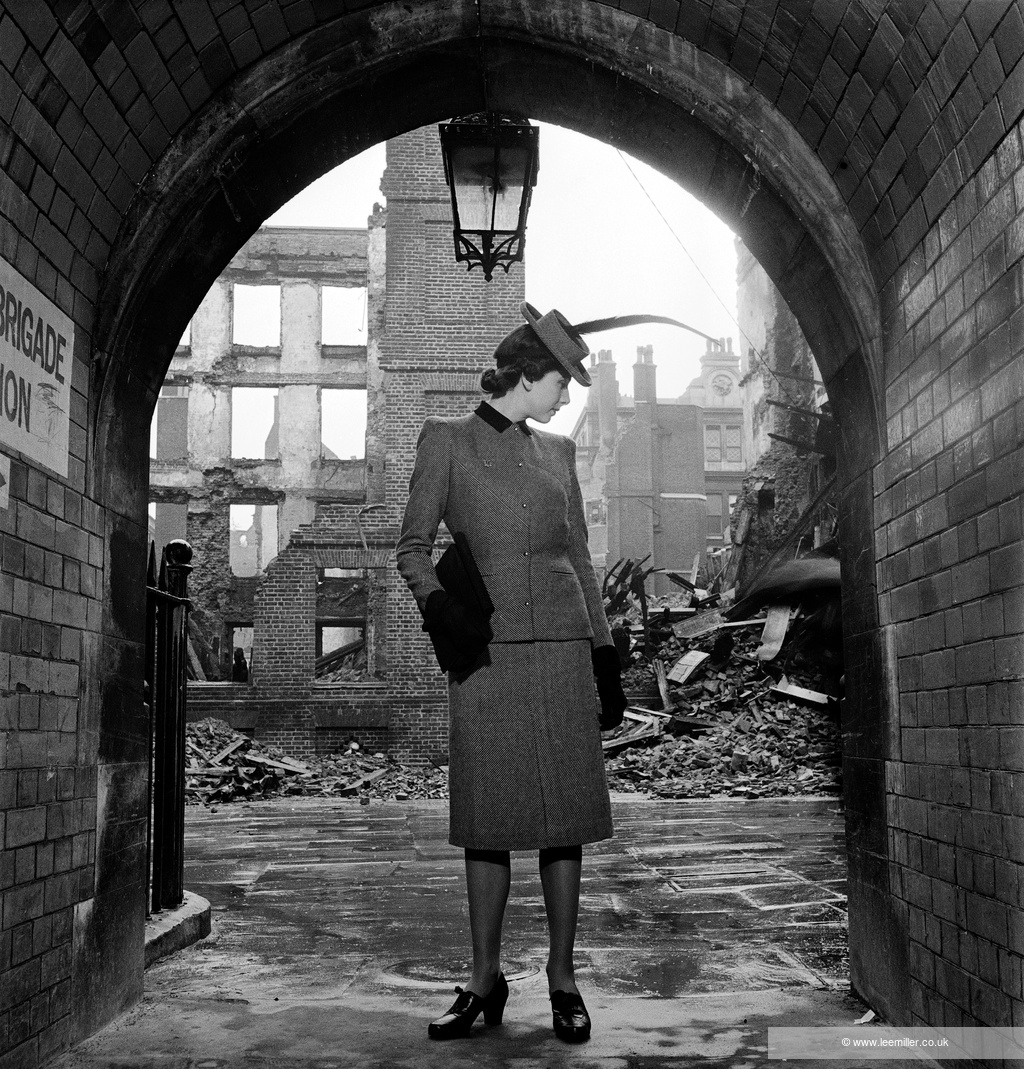
© Lee Miller Archives, England 2025. All rights reserved. leemiller.co.uk.
The theme of destruction continues into the exhibition’s second part, where Miller’s work as a US Army war correspondent comes into focus. From 1942, she travelled extensively across Europe with her Rolleiflex camera, whose discreet design allowed for intimate photographs. One section features her harrowing images of German concentration camps, including Buchenwald and Dachau, captured soon after their liberation. The photographs exhibited lay bare scenes of immense distress and devastation. After visiting Dachau, Miller and fellow photojournalist David E. Scherman went to Munich, where they found Hitler’s apartment occupied by US troops. What then followed is a resulting photograph that encapsulates the essence of Miller’s journalistic work: both Miller and Scherman — a man of Jewish descent — staged photographs in Hitler’s bathtub. As Hitler’s suicide was announced on the same day, the images they took were not just symbolic; they were a reclamation of their work as war correspondents. The photograph of Miller in the bathtub titled Lee Miller in Hitler’s bathtub (1945), taken by Scherman, was later published on the back page of British Vogue.
As the final room in the exhibition illustrates, the war had left Miller both mentally and physically exhausted. Upon returning to London, she continued to work for Vogue, despite her waning interest in fashion photography. Still, beyond the glamorous confines of Vogue, she turned her lens towards artists and friends, which allowed her greater artistic freedom. Miller divided her time between London and Farleys House in the Sussex countryside, where the latter served as both her home and a creative space. At Farleys, she dedicated herself to cooking and hosted various international artists, such as Henry Moore and Pablo Picasso. When Miller passed in 1977, most of her photographic archive had been hidden away in an attic. Around 60,000 negatives, prints, journals, and ephemera were later discovered by her family members. It is through this discovery that we are now able to uncover the depth of Miller’s work at Tate Britain. What ultimately lingers with the viewer is the sense that Miller was a visionary — an artist both behind and in front of the camera.
TATE BRITAIN – LEE MILLER EXHIBITION
until 15 February 2026
ABOUT THE AUTHOR
Can Heilmaier is a UK-based writer, editor, and photographer with a background in film, the arts, and communications.

